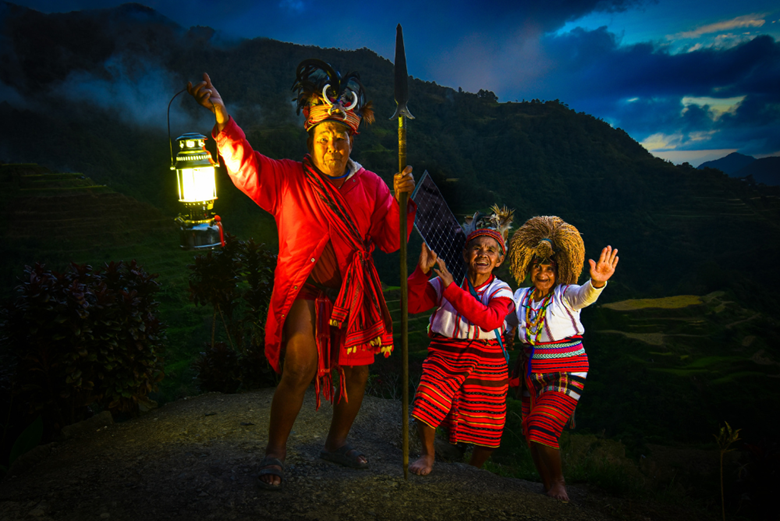
Filipino photographer and APEC Photo Contest second prize winner Jaime Singlador shares how his photography and outreach missions help him connect with people on a deeper level.
Born in the picturesque highlands and lush rolling hills east of Metropolitan Manila, Jaime Singlador or "James" is a Filipino civil engineer, mentor, and travel photographer. Singlador believes that his background in engineering helps him frame the world in a structured way, but it is through photography that he expresses his artistic side.
Singlador has been a long-time hobbyist, winning multiple international and local photography competitions. This year, he earned the second spot in APEC's annual photo contest-an event that the APEC Secretariat has been organizing since 2011.
Each year, the APEC Photo Contest not only celebrates creativity in the region but also promotes awareness of the host economy's priorities. Under Peru's host year theme of "Empower. Include. Grow," thousands of photographers submitted their artistic interpretations, and Singlador stood proudly among them.
More than just capturing memories
Singlador's photography journey began in 2008 when he found solace in capturing memories of the people and places he encountered.

"Back then I was still working for a bank. Taking photos during my free time helped me relieve my stress," he shared.
However, his appreciation of photography grew deeper when he met his mentor, Danilo Victoriano-a fellow APEC Photo Contest winner who claimed both the first prize and the popular choice award in 2019.
Victoriano taught Singlador what he knows today. He explained that Victoriano was the one who invited him to join their community of photography enthusiasts in the Philippines, the SLR Camera Club.
As a way of giving back, he now guides new photographers and helps them capture winning pieces. More than photography techniques, Singlador said that engaging meaningfully with communities was what he appreciates the most from his peers. "It's not just winning but also giving," he explained.
He goes on to say that a percentage of their members' awards from various contests get pooled. With that funding, their club organizes two to three outreach missions, like bringing groceries and school supplies or conducting medical missions in very remote areas.
"Recently, we went to an Aeta community and brought them library materials and computers and helped them connect with the internet," he shared, "and they were very happy!"
Framing that winning piece
Singlador and his peers venture to these far-flung locations, reachable only through difficult dirt trails, because they want to help.
"Once, when we were going home, it started to rain," he fondly remembered. "The locals helped us get through the mud, even digging around so that our vehicle could pass. They didn't leave us until they knew we were safe."
Apart from their outreach missions, they also use photography to tell the stories of the Indigenous people they connect with. For instance, they are planning a photo exhibit featuring their impressions of the people of Cordillera-the highest mountain range in the Philippines.
Nestled in these remote mountains are the Igorots who are a warm and hospitable community of farmers rich in cultural tradition. Their sustainable ways are an example of respecting life and land together, but they are often unseen by the masses because of their distance and isolation from cities.
Singlador's winning piece captures a part of their life story and brings that out into the open for everyone to appreciate. Characterized by its softness and warmth, his photograph contrasts the dusk creeping through the mountains against the Igorot people's smiles and the bright glow of a solar-powered lamp.
"This picture was a product of our outreach mission in Cordillera," he recalled. "We were on our way back when I noticed that they [Igorots] were carrying a solar-powered lamp. I found that very interesting!"
Singlador's own life story serves as a powerful reminder that photography can and does go far beyond capturing images. It is a form of storytelling. And through his lens, he is echoing visually what the Igorot community is living day-by-day, a sustainable path respecting life and land together.






